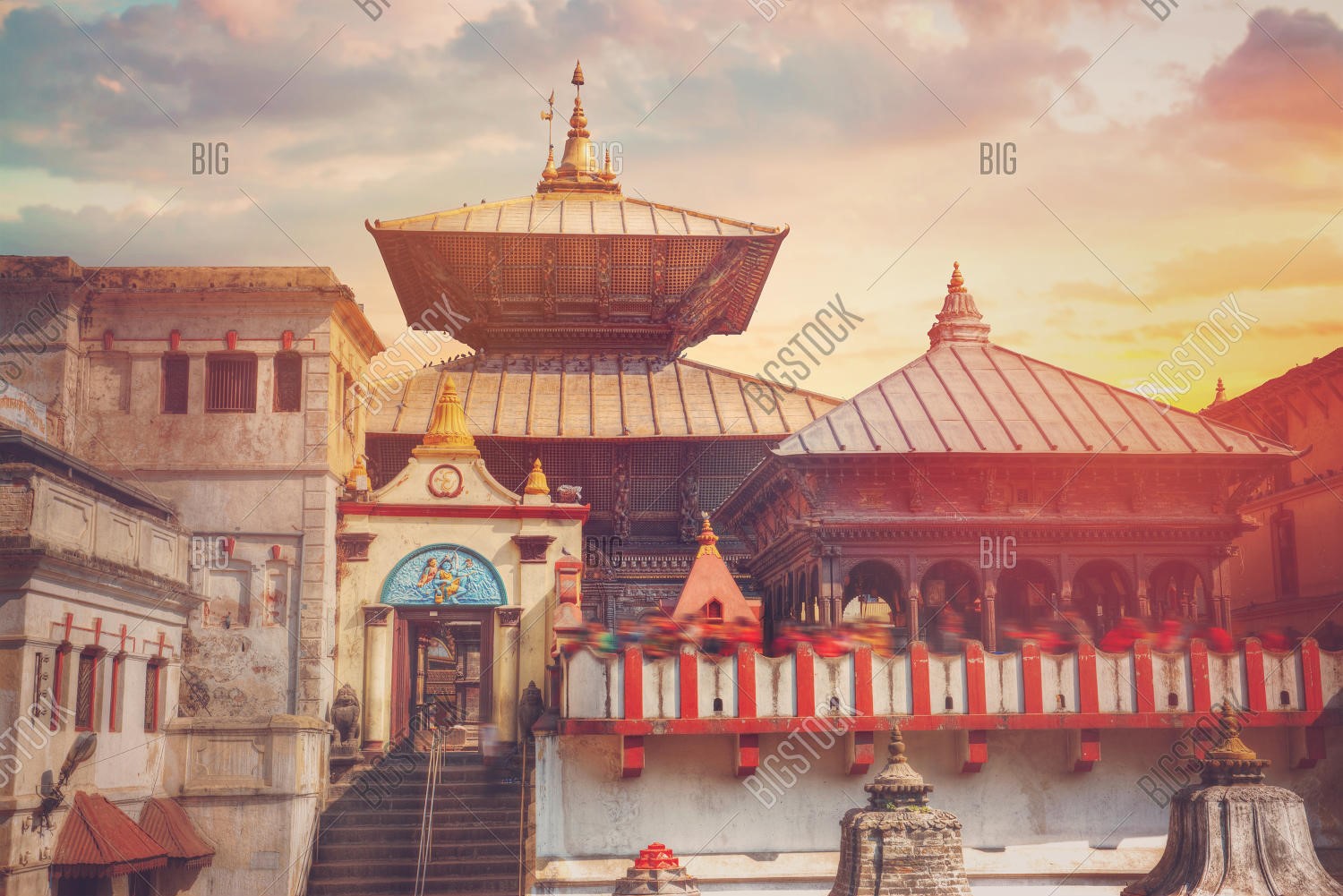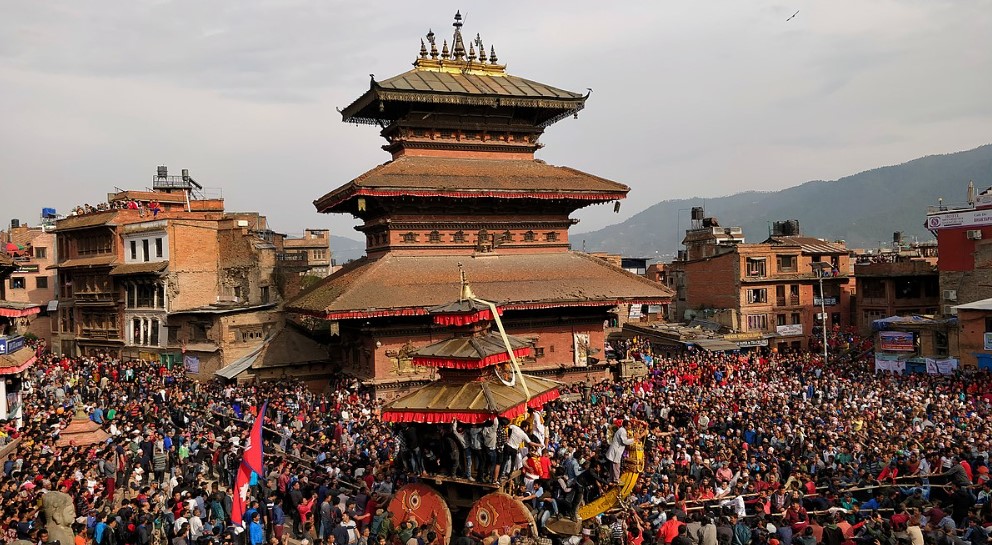
Sat,9 November 2024

Bisket Jatra, also known as Bisket Festival, is a traditional New Year celebration observed in the Kathmandu Valley, Nepal. It is one of the most popular and vibrant festivals celebrated by the Newar community.

2. Festival Origin: The origin of Bisket Jatra is believed to date back to ancient times and is closely associated with the worship of various deities and local traditions.
3. Chariot Procession: One of the main highlights of Bisket Jatra is the chariot procession. During the festival, large chariots carrying representations of different deities are pulled through the narrow streets of Bhaktapur and other towns in the Kathmandu Valley. These processions attract thousands of participants and spectators.
4. Tug of War (Yosin): Another traditional event during the festival is the "Yosin" or the tug of war, which is held between different neighborhoods. It is considered a symbol of good fortune and prosperity for the winning team.
5. Pole Erecting (Yosin Khya): Prior to the tug of war, a tall wooden pole, known as the Yosin Khya, is erected in various locations. It is adorned with colorful flags and represents the victory of good over evil.
6. Celebrations: Bisket Jatra is celebrated with great enthusiasm and involves music, dance, feasting, and various other cultural activities. People come together to celebrate the New Year and seek blessings from the deities for prosperity and good fortune.
7. Symbolism: The festival is deeply rooted in ancient religious beliefs and carries both spiritual and cultural significance for the Newar community. It is considered a time of renewal, and participants seek blessings for a fruitful year ahead.
8. Social Importance: Bisket Jatra serves as an occasion for strengthening community bonds and preserving traditional practices. It also attracts tourists from different parts of the world, who come to witness the vibrant festivities and cultural heritage of Nepal.